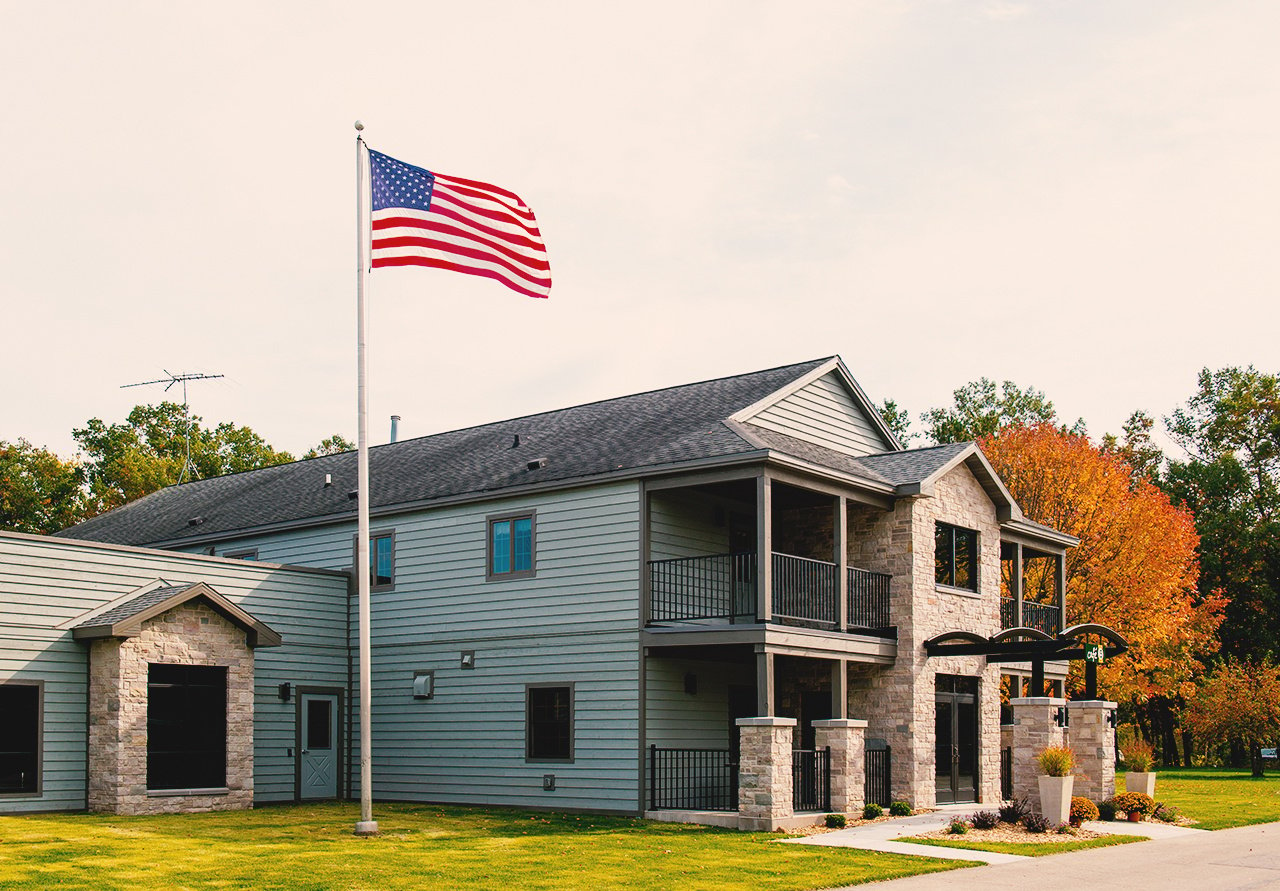
It’s cold out, you’re running late, and you forgot your mug of coffee on the kitchen counter. You turn the car on…and a soul-crushing beep alerts you that the fuel tank is nearly empty. You swear you just filled up the other day. After a few of those mornings, you might be wondering how to get better gas mileage. Optimizing your car’s fuel economy can lead to drastic savings, both in time spent and money wasted at the gas station. We’ve got you covered with tips on how to get better gas mileage, from minor alterations and repairs to adjusting driving habits.
1. Clean your car
Do you really need that golf bag you haven’t used in two years? What about the box of clothes you’ve been meaning to take to Goodwill? Unnecessary stuff in your vehicle not only makes it look messy, it also drains your gas tank. 100 pounds extra in your car can reduce gas mileage by up to 2%.
2. Remove external cargo carriers
Automotive manufacturers spent a lot of time and money making your vehicle as aerodynamic as possible; with a large clam-shell carrier on top of your car, sayonara fuel. Likewise, roof racks might look cool, but may not be worth thinning your wallet. A large, blunt, roof-top cargo box can reduce fuel economy by 6% to 17% at 55 mph and 10% to 25% at interstate speeds (65-75 mph) and roof racks can diminish fuel economy by 10-25% when at highway speeds.
3. Check tire pressure and invest in low rolling resistance tires
We know we’ve covered the importance of having properly inflated tires before. But it really is that important. For every tire under-inflated by 2 pounds per square inch (psi), fuel consumption increases by 1%. Try to check your tire pressure every couple of weeks to ensure you have the optimal rolling resistance. Another option is to invest in low rolling resistance tires. They can add 1-2 miles per gallon. Look for highly rated tires that provide reliable traction.
If you notice your car pulling in a certain direction or a bumpier-than-normal ride, get your alignment checked. Properly aligned cars will coast better and require less energy to propel forward.
4. Use the correct fuel octane level
Most passenger vehicles require unleaded fuel with an 87-octane level. But always check your owner’s manual or gas cap for your vehicle’s requirements. A higher-octane fuel will not benefit a car that is built to run with a lower level octane level and could add up to more than $100 per year in additional costs.

5. Accelerate and decelerate smoothly
This is far and away the #1 fuel economy killer. Sometimes you just want to step on it but try to drive gently to maximize your car’s efficiency. Jackrabbit starts and constant slowing down, speeding up, slowing down, wastes the energy your car builds up. Aggressive driving can decrease fuel economy by up to 37%. Accelerate moderately to the speed limit then keep your speed steady, utilizing coasting as much as possible. Studies also show coasting up hills and accelerating down them results in lower fuel consumption amounts.
6. Stick to the speed limit
With the majority of cars, the optimal speed to conserve the most fuel is about 50 mph. Anything over and most drivers can expect an exponentially expanding loss in their fuel economy. For every 5 mph over 50, drivers will pay about 15 cents more per gallon of gas. Driving 62 mph instead of 75 mph will save about 15% of your fuel.
7. Turn engine off when stopped
Avoid idling at all costs. Idling always gets 0 miles per gallon and uses up to a ½ gallon of gas per hour. Of course, on hot and cold days, your comfort and safety are also important.
8. Use a/c sparingly
Summers are hot, and cold air feels good. So, we don’t advise you forgo air conditioning altogether; however, there are some simple ways to limit the fuel sucking tendencies of your car’s cold air compressor. If at all possible, try to park in the shade and invest in a windshield reflector to shield your car from the sun. When you are ready to leave, drive with the windows down for a couple minutes to get that hot, stuffy air out first. You will also notice the cold air reaches you faster this way.
9. Keep your car running smoothly
The dreaded Check Engine Light. It pops up out of nowhere leaving drivers shaking with dread. Often the problem is as easy as tightening your gas cap, but even that is important to limit fuel wasting. A loose gas cap can result in losing 20% fuel economy. In fact, over 100 million gallons of gas evaporate in gas tanks across the U.S. every year. The Check Engine Light may also come on to warn you of an oxygen sensor failure.
Oxygen sensors tell your car’s engine how much fuel and air it needs. When this sensor is damaged or worn-out, it often tells your engine it needs more fuel than it really does. With a bad sensor you could lose up to 40% fuel economy. Common symptoms include a rough idle and/or inconsistent acceleration response.
Use the right oil. Manufacturers tell you to use a certain type of oil for a reason. Using the wrong oil can cause a 12% decrease in miles per gallon. You can find manufacturer recommendations on your oil cap or in your car’s manual.
10. Buyer beware
Step into any auto parts store and you’ll run into a huge shelf filled with fuel additives and magic potions to improve your fuel economy. According to the U.S. EPA and Federal Trade Commission, there are no known products scientifically proven to improve fuel economy.
11. Limit driving time
There isn’t always a quick fix in your search on how to get better gas mileage; your car will only adhere to the law of physics. Sometimes the only option is to cut back on car usage. Carpools can be inconvenient and awkward, but you will save fuel and wear on your vehicle. You can even avoid a little traffic with those handy carpool lanes. If on a short trip, consider taking public transit or riding a bike. Even a few less trips with your vehicle can add up with fuel and maintenance costs. In the winter you might be tempted to warm up your car for a few minutes, but unless it is extremely cold, most modern cars do not require warming before driving. A warm engine gives the best fuel economy, so try to plan ahead and group as many trips/errands together as possible.
How to Get Better Gas Mileage Bonus Tip: Gas Buddy has a handy searchable map to find the cheapest pumps in your area.
12. Ditch the old gas guzzler for better gas mileage
When your car no longer cuts it, consider donating it to Rawhide. We take any car, in any condition, and you receive a generous tax deduction. Your donations fund Rawhide programs that help at-risk youth learn and grow in a family-centered environment.










